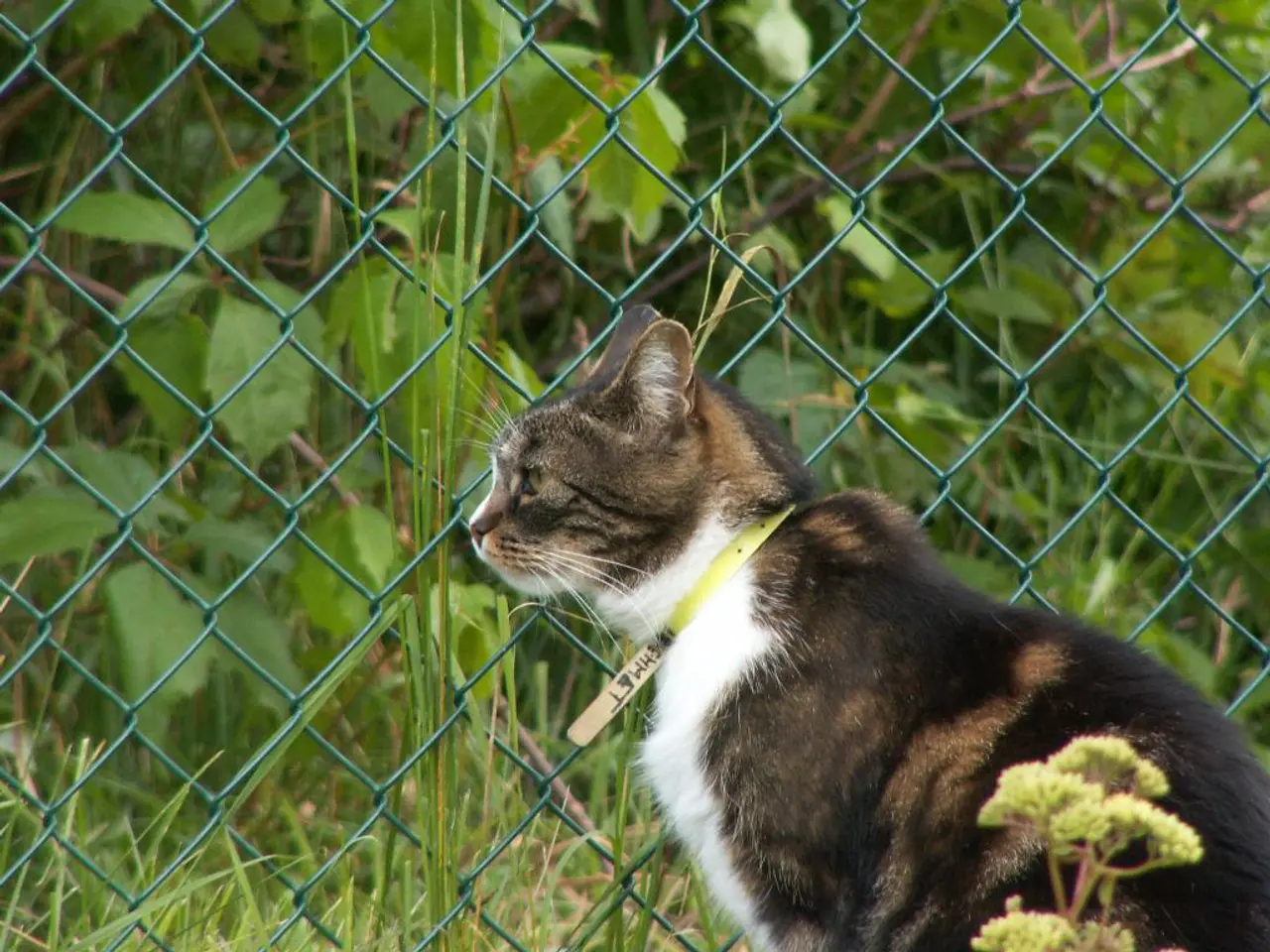9 Suitable Plant Partners for Catnip to Ward Off Pests
In the heart of rural Virginia, there's a small market garden named Fairydiddle Farm, run by freelance editor, writer, and sustainable market gardener, Serena Manickam. With a BA in environmental science, Serena grows no-spray produce and herbs to sell at the local farmer's market. One of her star crops is catnip, a versatile herb that not only attracts cats but also offers numerous benefits for the garden.
Catnip: More Than Just a Feline Favourite
Catnip, with its distinctive scent and oil called nepetalactone, acts as a natural insect repellent. It deters a wide range of pests, including aphids, cabbage loopers, potato beetles, flea beetles, Japanese beetles, squash bugs, aquash bugs, weevils, and rodents like mice and voles.
Choosing the Right Companions
The best companion plants for catnip are those that either enhance its growth, attract beneficial insects, or repel pests that could harm it. Here are some key companions and their benefits:
- Anise Hyssop: This aromatic perennial, with overlapping flowering seasons from spring to fall, attracts pollinators and supports biodiversity in the garden.
- Basil, Rosemary, Marigolds, and Sage: These aromatic herbs mask scents and emit compounds that repel common garden pests. Marigolds, especially French marigolds, also suppress harmful nematodes in the soil and deter insect pests like whiteflies.
- Dill and Thyme: These herbs attract natural predators such as parasitic wasps and pest-eating spiders, which can help keep common pests of catnip in check.
- Nasturtiums and Calendula: These companion flowers help attract beneficial insects while repelling pests, creating a healthy ecosystem around catnip.
- Catmint (Nepeta species): Closely related to catnip, catmint attracts many beneficial insects and may also help repel rodents like rats and mice.
Why These Plants Complement Catnip
- Pest Repellent Effects: Aromatic herbs like basil, rosemary, sage, and marigolds produce scents and root compounds that deter pests such as aphids, whiteflies, nematodes, and rodents, protecting catnip from damage.
- Attracting Beneficial Insects: Plants like dill, thyme, anise hyssop, nasturtiums, and calendula attract predatory or parasitic insects that prey on common pests, thus promoting a natural pest control system in proximity to catnip.
- Improving Garden Ecosystem: Companion planting with these species helps create a balanced mini-ecosystem, enriching soil health and encouraging pollinator activity, which benefits catnip growth and flowering.
A Garden Full of Benefits
By carefully selecting companion plants for catnip, gardeners can create a harmonious ecosystem that deters pests, attracts beneficial insects, and improves soil health. Catnip's insect-repelling qualities also extend to other crops, such as collard greens, zucchini, other summer squash, and winter squash. So, if you're looking to add a natural pest control solution to your garden, consider planting catnip and its friendly companions.
- Serena Manickam, the freelance editor, writer, and sustainable market gardener at Fairydiddle Farm in rural Virginia, uses catnip as one of her star crops, not just for its appeal to cats but also for its insect-repelling properties.
- Anise hyssop, with its overlapping flowering seasons, is a good companion plant for catnip as it attracts pollinators and boosts biodiversity in the garden.
- Basil, rosemary, marigolds, and sage make great companions for catnip as they mask scents and emit compounds that repel common garden pests.
- Dill and thyme are beneficial companions for catnip as they attract natural predators like parasitic wasps and pest-eating spiders to help keep common pests in check.
- Nasturtiums and calendula are beneficial companion flowers as they not only attract helpful insects but also repel pests, contributing to a healthy garden ecosystem around catnip.
- By planting catnip along with its compatible companions, gardeners can create a garden that fosters a balanced ecosystem, deters pests, attracts beneficial insects, improves soil health, and serves as a natural pest control solution for other crops like collard greens, zucchini, and winter squash.




